Yongjie Zhu
Disentangling Identifiable Features from Noisy Data with Structured Nonlinear ICA
Jun 17, 2021
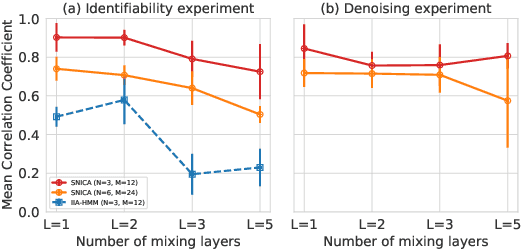

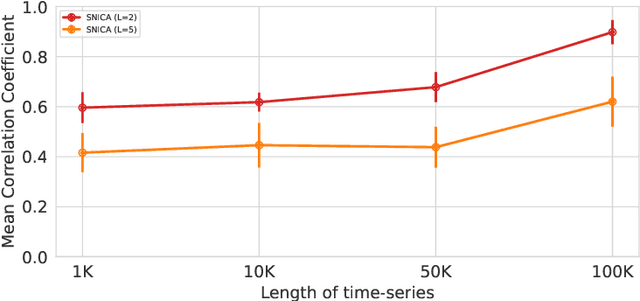
Abstract:We introduce a new general identifiable framework for principled disentanglement referred to as Structured Nonlinear Independent Component Analysis (SNICA). Our contribution is to extend the identifiability theory of deep generative models for a very broad class of structured models. While previous works have shown identifiability for specific classes of time-series models, our theorems extend this to more general temporal structures as well as to models with more complex structures such as spatial dependencies. In particular, we establish the major result that identifiability for this framework holds even in the presence of noise of unknown distribution. The SNICA setting therefore subsumes all the existing nonlinear ICA models for time-series and also allows for new much richer identifiable models. Finally, as an example of our framework's flexibility, we introduce the first nonlinear ICA model for time-series that combines the following very useful properties: it accounts for both nonstationarity and autocorrelation in a fully unsupervised setting; performs dimensionality reduction; models hidden states; and enables principled estimation and inference by variational maximum-likelihood.
DeRenderNet: Intrinsic Image Decomposition of Urban Scenes with Shape-(In)dependent Shading Rendering
Apr 28, 2021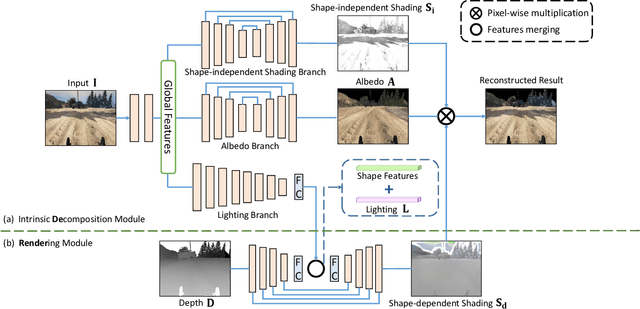

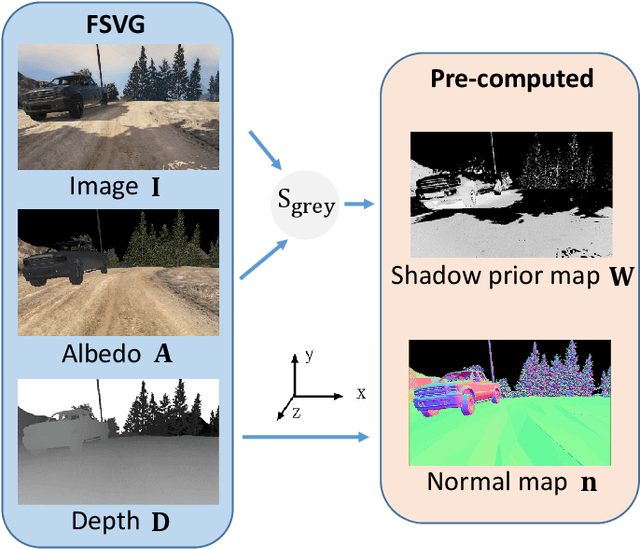
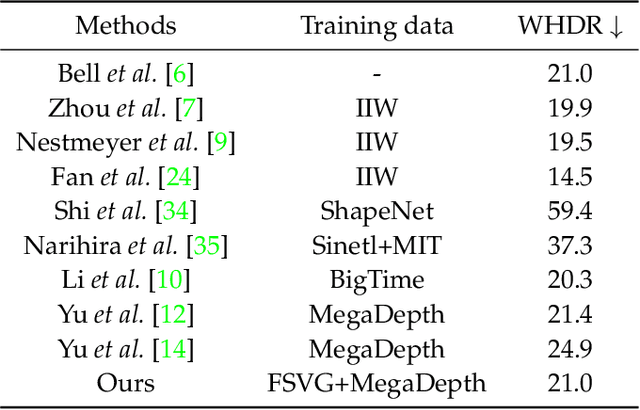
Abstract:We propose DeRenderNet, a deep neural network to decompose the albedo and latent lighting, and render shape-(in)dependent shadings, given a single image of an outdoor urban scene, trained in a self-supervised manner. To achieve this goal, we propose to use the albedo maps extracted from scenes in videogames as direct supervision and pre-compute the normal and shadow prior maps based on the depth maps provided as indirect supervision. Compared with state-of-the-art intrinsic image decomposition methods, DeRenderNet produces shadow-free albedo maps with clean details and an accurate prediction of shadows in the shape-independent shading, which is shown to be effective in re-rendering and improving the accuracy of high-level vision tasks for urban scenes.
Spatially-Varying Outdoor Lighting Estimation from Intrinsics
Apr 28, 2021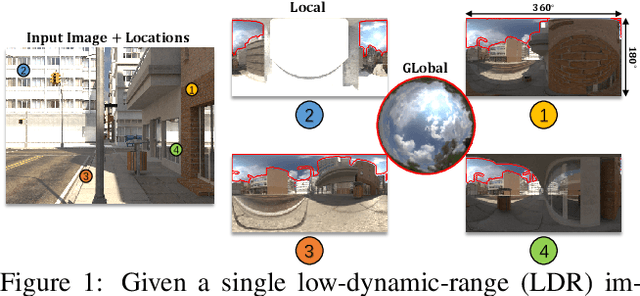
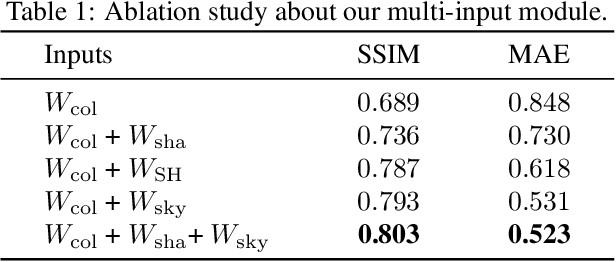

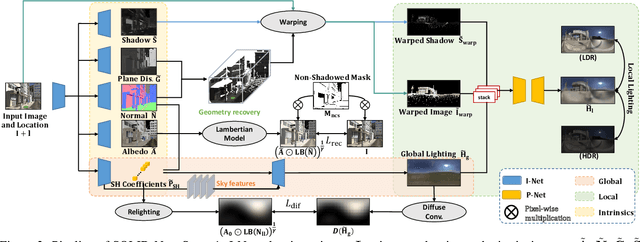
Abstract:We present SOLID-Net, a neural network for spatially-varying outdoor lighting estimation from a single outdoor image for any 2D pixel location. Previous work has used a unified sky environment map to represent outdoor lighting. Instead, we generate spatially-varying local lighting environment maps by combining global sky environment map with warped image information according to geometric information estimated from intrinsics. As no outdoor dataset with image and local lighting ground truth is readily available, we introduce the SOLID-Img dataset with physically-based rendered images and their corresponding intrinsic and lighting information. We train a deep neural network to regress intrinsic cues with physically-based constraints and use them to conduct global and local lightings estimation. Experiments on both synthetic and real datasets show that SOLID-Net significantly outperforms previous methods.
 Add to Chrome
Add to Chrome Add to Firefox
Add to Firefox Add to Edge
Add to Edge